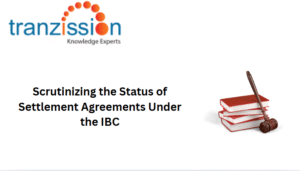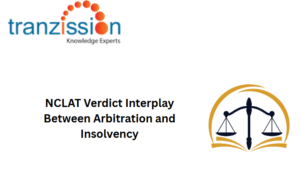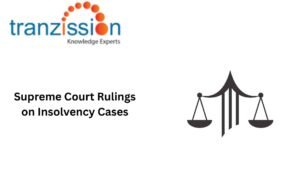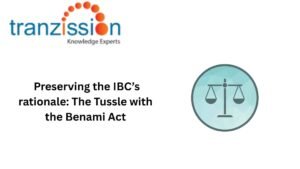
What is the difference between a margin call and liquidation ?

Table of Contents
Learn the key differences between a margin call and liquidation in trading — how they work, why they happen, and what they mean for your investments.
Definition of a Margin Call:
A margin call occurs when a trader’s account falls below the minimum required margin, such as maintenance margin, and the broker demands additional funds to maintain the position.
Causes of a Margin Call:
There are several causes of a margin call, the primary one being market volatility or when there is a sudden price drop, reducing account equity. Companies may often use excessive borrowed funds, which increases exposure. Another cause is the failure of companies to maintain collateral.
Consequences of a Margin Call:
Traders must deposit more funds immediately or reduce their position. Failing to meet a margin call can lead to forced liquidation by the broker, resulting in significant losses, additional fees and penalties, potentially damaging their trading reputation.
Definition of Liquidation in Margin Trading:
Liquidation occurs when a trader fails to meet a margin call, forcing the broker to automatically close positions to cover losses. It prevents further losses but often results in significant financial damage to the trader. In simple terms, it is the forced sale of the assets by the broker to cover the shortfall if the trader fails to meet the margin call.
Causes of Liquidation:
Liquidation is often triggered by insolvency, or the inability to pay debts, which can stem from various factors like insufficient funds, lack of profitability, high debt levels, or even changes in the law or market conditions.
Read more :Role of ESG in Corporate Governance
Consequences of Liquidation:
There are many consequences of liquidation, such as loss of trading capital, where the broker sells assets to recover losses, and additional fees or penalties may apply. Individuals may also have a negative balance risk, where some may owe more than their initial investment.
Key Differences Between Margin Call and Liquidation
| Margin Call | Liquidation | |
| Triggers | Primarily caused by market volatility | Failure to meet a margin call |
| Trader action | Deposit additional funds or securities to bring your account equity back up to the required maintenance margin level | None, broker takes action |
| Preventability
|
Maintain a healthy margin balance, using lower leverage, implementing stop-loss orders, etc. | Develop a trading plan with clear profit and loss expectations, etc. |
How to Prevent Margin Calls and Liquidation
Traders can prevent margin call and liquidation by:
- Maintaining a healthy margin balance by keeping extra funds in their account as a cushion against market fluctuations.
- Using a lower leverage and avoiding excessive leverage, such as 5:1 instead of 20:1, to reduce risk exposure.
- Implementing stop-loss orders to automatically close positions before hitting the margin call level.
- Keeping track of economic news and market indicators that can cause price swings.
- Spreading investments across different assets can reduce overall risk.
Case Study – Real-Life Example of margin call and liquidation
Many hedge funds and traders faced massive margin calls when GameStop (GME) shares skyrocketed unexpectedly. It started in January 2021, when retail investors, particularly those on the r/WallStreet/Bets subreddit, began buying GME stock, which was heavily shortage by hedge funds. As the price rose, short sellers were forced to buy back shares to cover their positions, driving the price even higher in a positive feedback loop. Those who couldn’t add funds in time faced forced liquidation, resulting in billions in losses.
Legal and Regulatory Aspects of Margin Trading
In India, the Securities and Exchange Board of India (SEBI) enforces strict margin requirements for equity and futures trading, and Brokers must issue margin call alerts before liquidating positions. The Financial Industry Regulatory Authority (FINRA) in the United States states that traders must maintain a 25% minimum margin to avoid liquidation, wherein brokers can issue margin calls at their discretion, depending on volatility.
Common Mistakes Traders Make with Margin Trading
The common mistakes traders can make with margin trading are:
- Many traders take highly leveraged positions without stop-losses, increasing liquidation risk.
- Some traders wait too long to add funds, resulting in forced liquidation.
- Engaging in crypto, forex, or derivatives trading, or other highly volatile markets, without hedging strategies, increases exposure.
Best Practices for Safe Margin Trading
To implement safe margin trading practices, it is required to:
- Use conservative leverage (e.g., 2:1 for beginners, 5:1 for experienced traders).
- Keep a risk-management plan, such as maximum acceptable losses per trade, to avoid margin calls.
- Choose a reliable broker with fair margin policies, not those who offer negative balance protection, thereby preventing excess debt.
Conclusion
To conclude between margin call and liquidation look margin call occurs when the value of the securities, along with any cash in the account, is insufficient to cover the outstanding loan and the required margin. To avoid liquidation, traders must deposit additional funds or securities into their account to bring the margin back up to the required level. Hence, the outcome of brokers’ handling a margin call is to restore the margin level, while the sale of securities to cover a shortfall is the end goal of liquidation.





